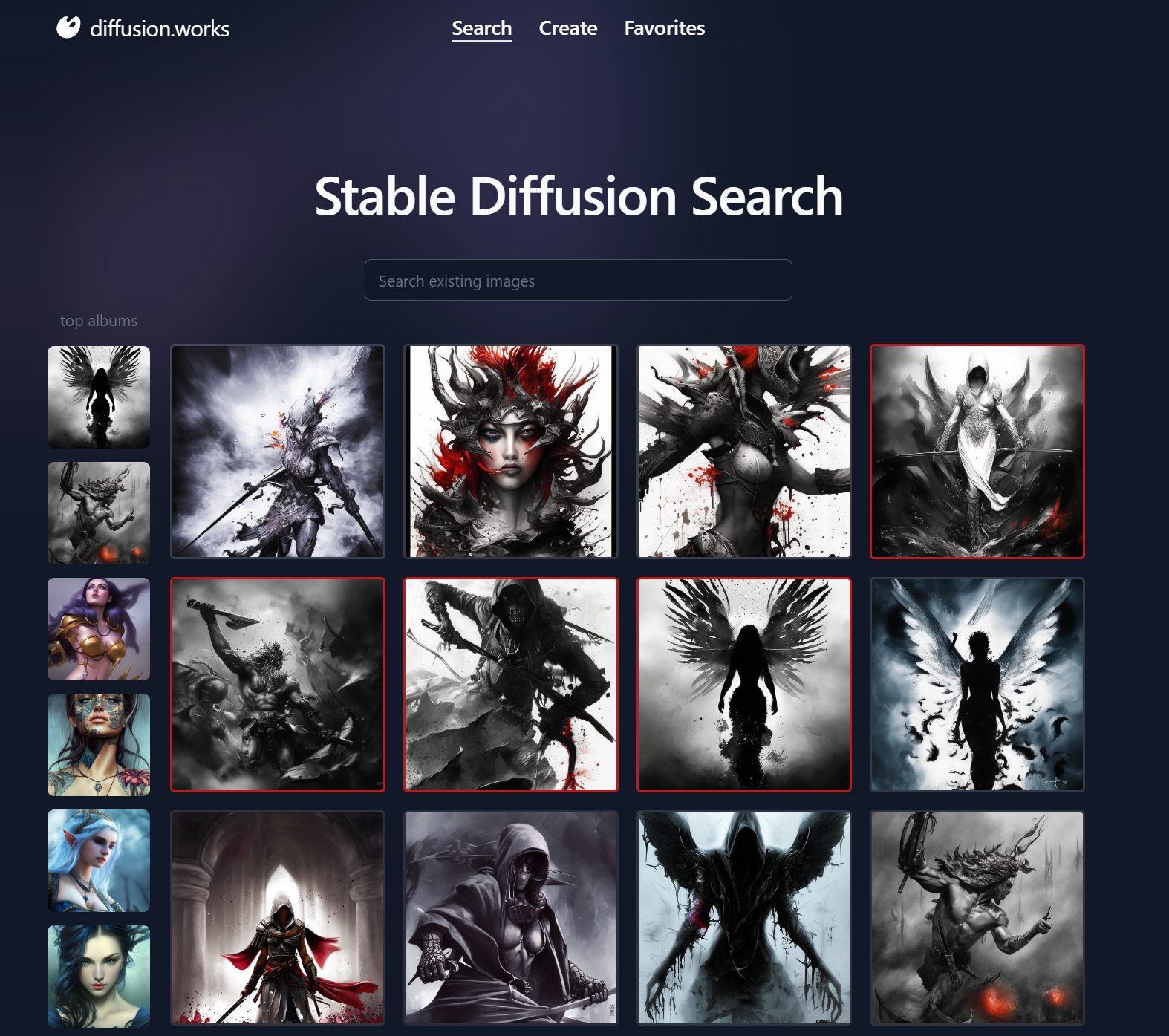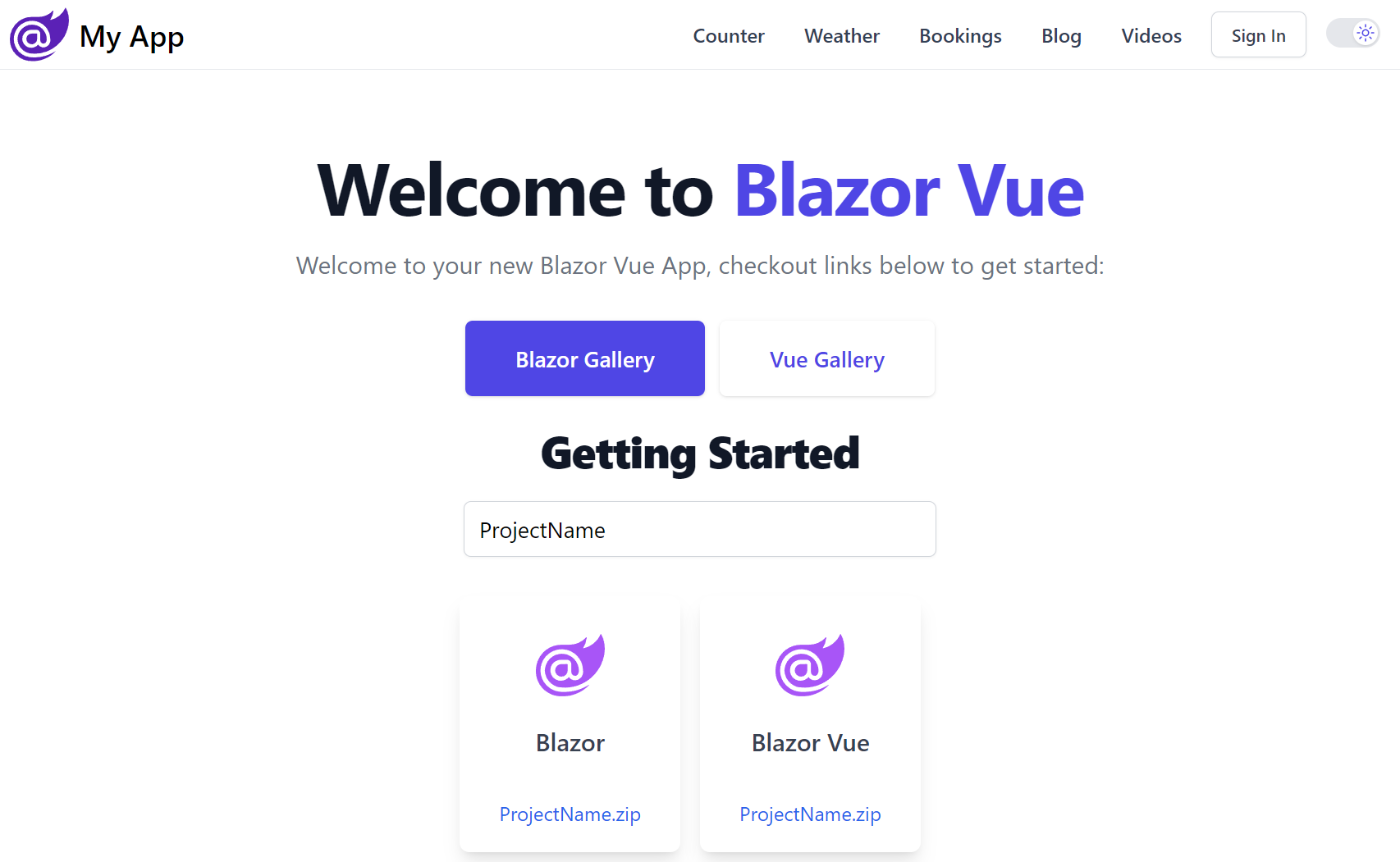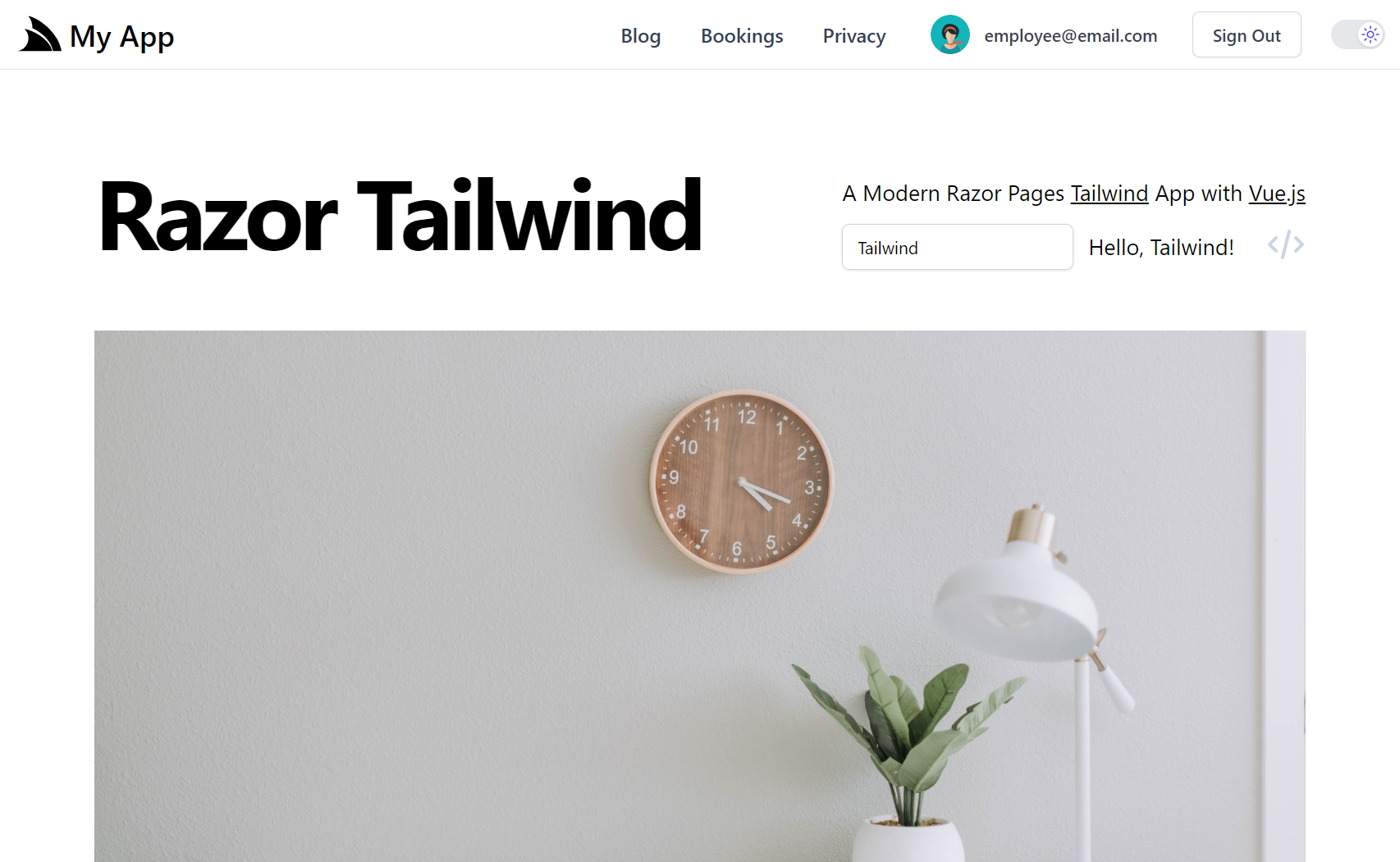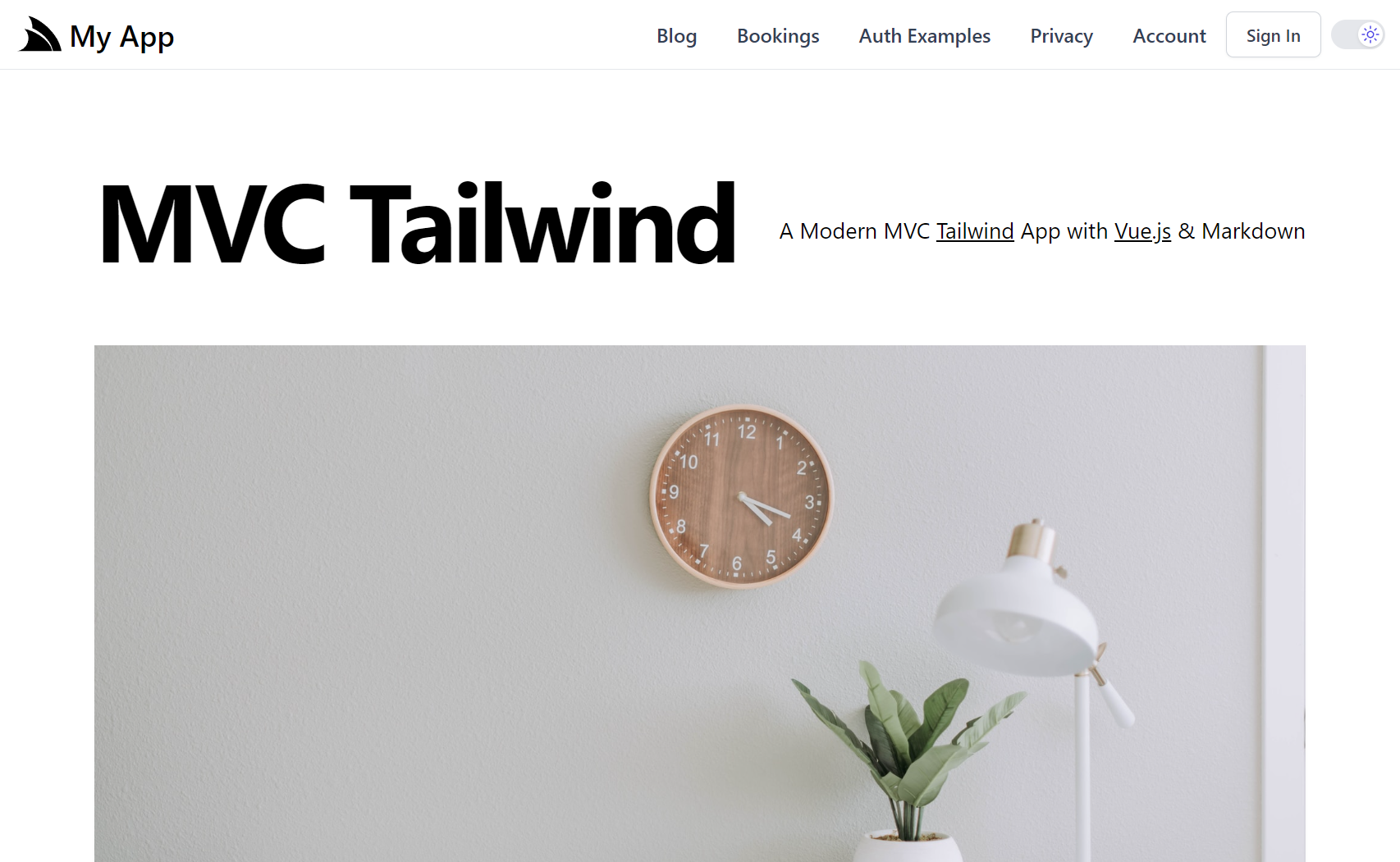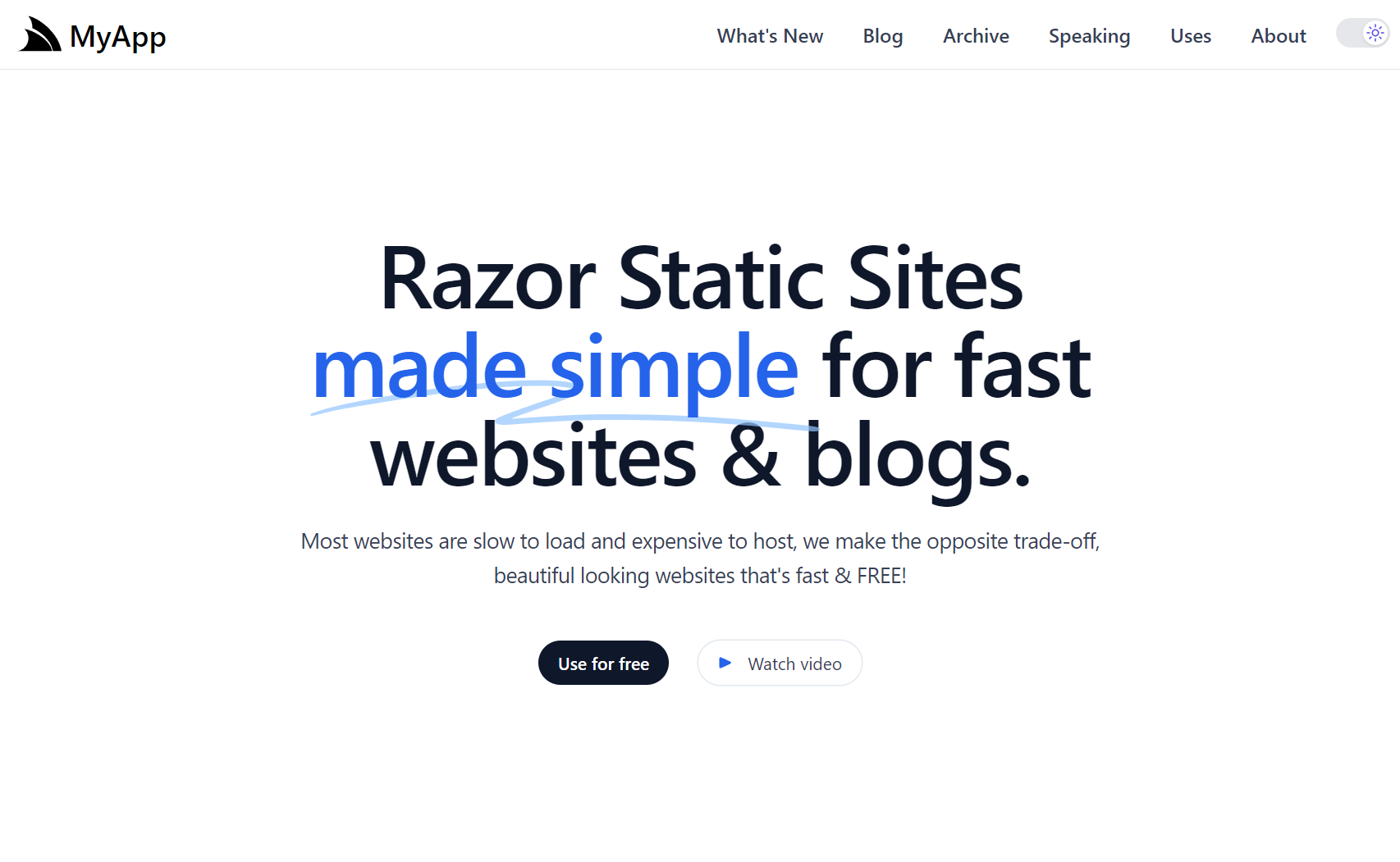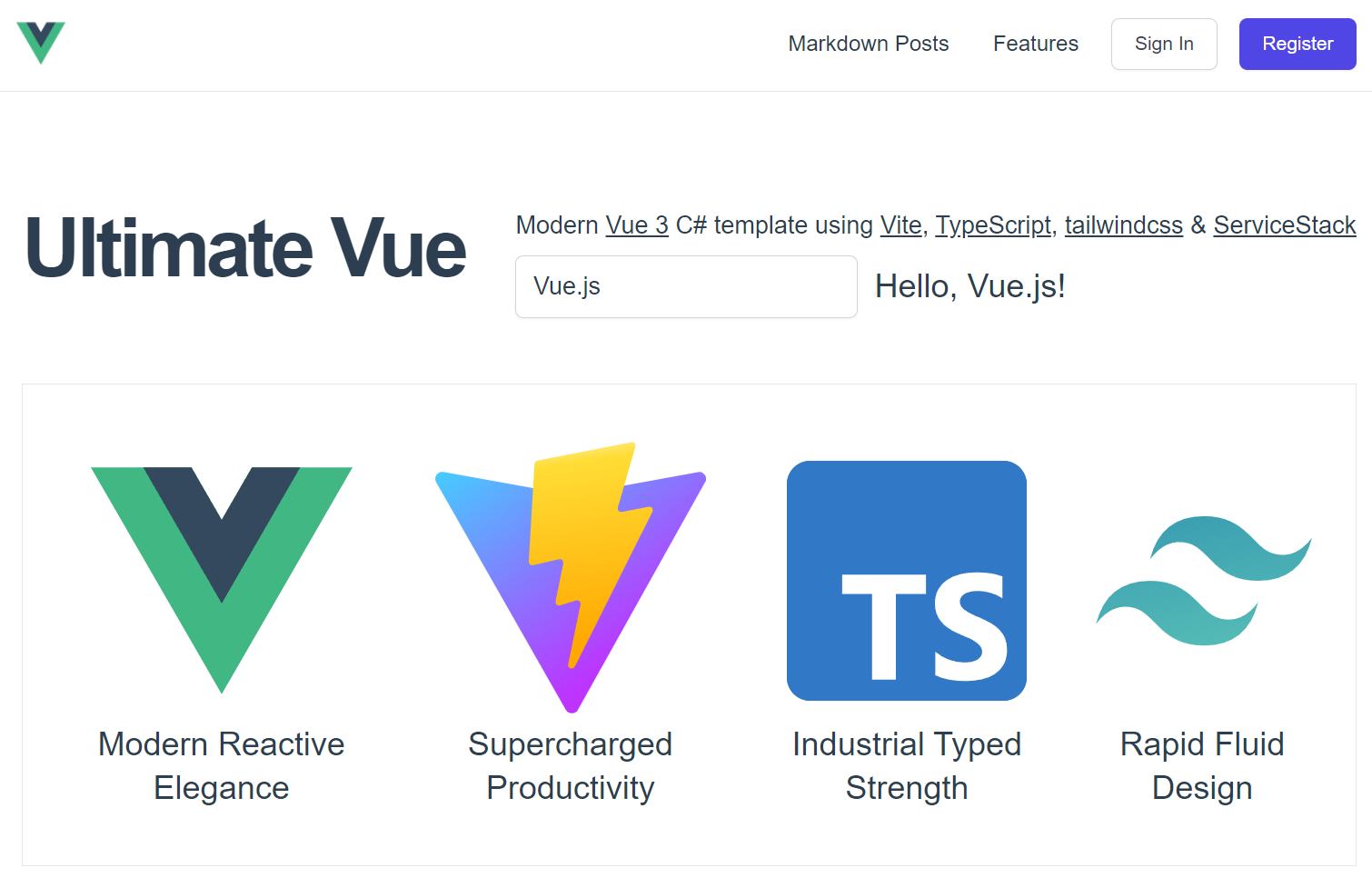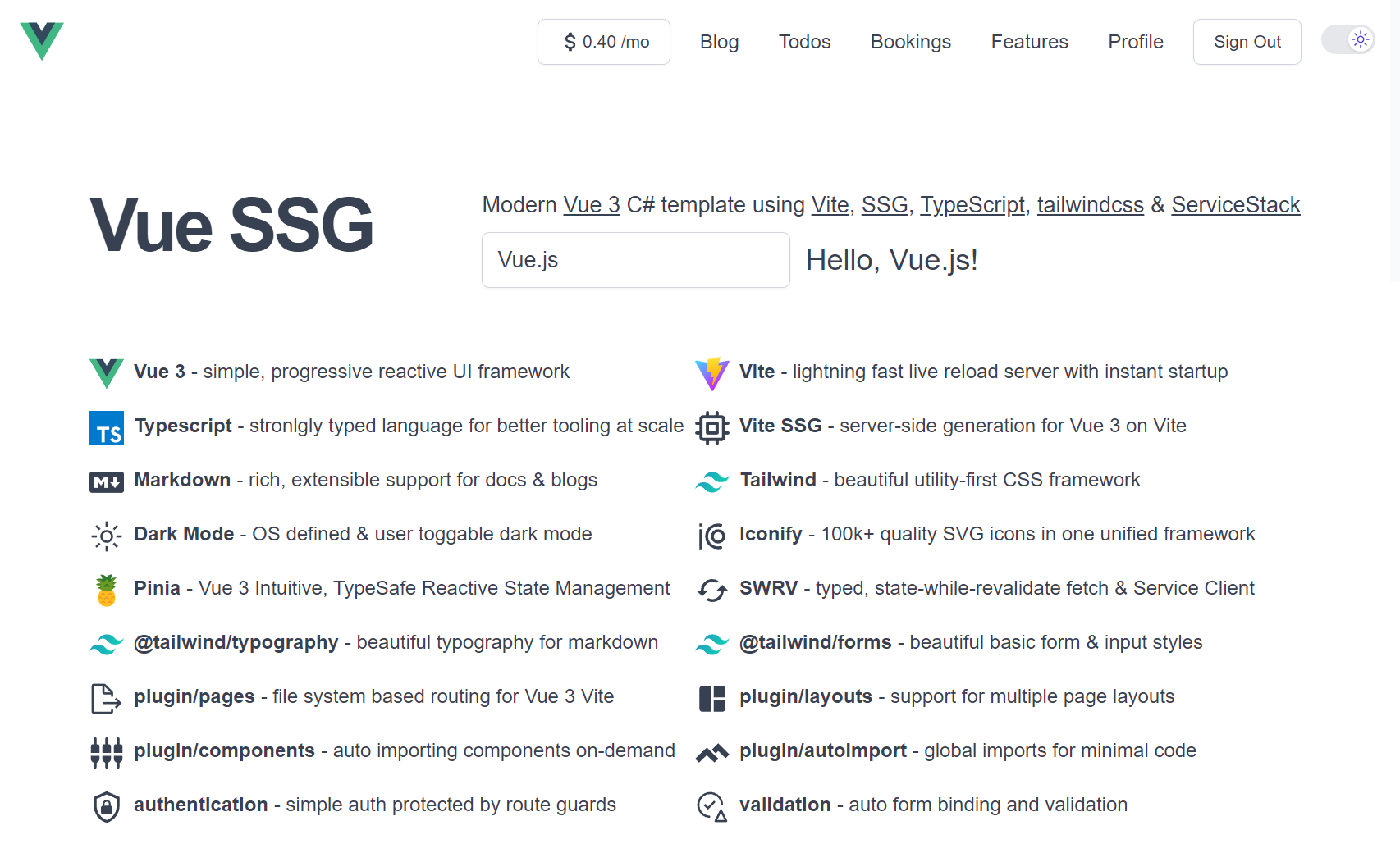Instantly Manage your data using AutoQueryGrid Vue
This walkthrough explores the ServiceStack Vue 3 library and the functionality of the AutoQueryGrid component. The AutoQueryGrid component simplifies the integration of AutoQuery services by generating a customizable UI.
By following this guide, you'll learn how to effectively utilize these tools to enhance your application's user interface and overall user experience.
